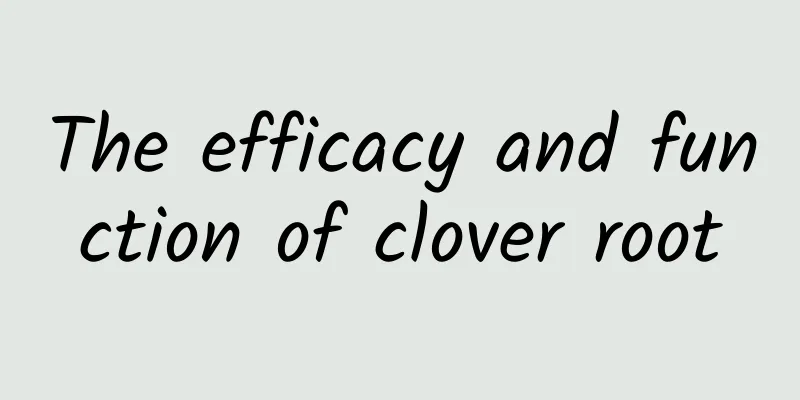How to check if fruits are "damaged"? Decoding the entire process of internal defect detection for fruits and vegetables

|
"Fruit and vegetable testing" is an important core to ensure the quality of fruits and vegetables, and is an important guarantee for maintaining food safety. Traditional fruit and vegetable testing methods mainly rely on appearance to judge the quality of fruits and vegetables. However, fruits and vegetables that look good on the outside are not always of good quality internally. Many times, there are no obvious problems with the appearance of the fruits and vegetables purchased, but when they are eaten, they are found to be rotten or have other defects inside. This not only leads to economic losses, but also easily causes psychological gaps and dissatisfaction among consumers. However, the emergence of fruit and vegetable internal defect detection technology is crucial to solving the above problems. So, how does this "internist" identify the "physique" of fruits and vegetables? Let's take a look together! Internal defect detection of fruits and vegetables utilizes the transmittance of near-infrared light. When the light passes through fruits and vegetables, the internal structure and composition information of fruits and vegetables is obtained, so as to determine whether there are defects. Specifically, it includes key steps such as spectral acquisition, data processing and analysis, feature extraction and defect judgment. First, in the spectrum collection stage, near-infrared spectroscopy transmission technology is used to transmit near-infrared light into the fruit. Since the fruit has good transmittance to near-infrared light, the light can pass through the surface of the fruit and penetrate into its interior. In spectral measurement, near-infrared spectrometers are used to measure the transmission spectrum of samples within the near-infrared wavelength range. These spectral data contain information about the chemical composition and tissue structure of the fruit. Next, in the data processing and analysis stage, the spectral data needs to be preprocessed, such as removing noise, background correction, and spectral smoothing, to ensure the accuracy and reliability of the data. Then, the spectral data needs to be feature extracted to extract information representing the characteristics of the substance from the processed spectral data. These features can be used for quantitative and qualitative analysis, including chemical composition, water content, sugar content, degree of decay, and other material content, quality, components, etc. At the same time, these features can also be used to characterize the properties and quality of the sample. Finally, by applying chemometrics and statistical methods, mathematical models are established between the data and the composition and properties of the material. Chemometric algorithms are trained using spectral data of known samples and establish association models with sample quality or defects. These models are then applied to spectral data of unknown samples to predict the quality and defects inside the fruit. Based on the results of the analysis and prediction, it can be determined whether there are defects inside the fruit, such as water core, internal rot, insect infestation, cavities, or other abnormalities. Fruit internal defect detection uses the transmission characteristics of near-infrared light, combined with spectral data analysis and chemometric algorithms, to obtain information on the internal chemical composition and structure of the fruit, and then determine whether the fruit has defects. This non-invasive detection method has important application value in the fruit industry and food quality control, and can help improve the quality and safety of fruits, reduce food waste, and effectively protect the rights of consumers. Produced by: Popular Science in China to Benefit Farmers Scientific Advisor: Guo Zhiming (Professor, School of Food and Bioengineering, Jiangsu University) Co-ordinators: Liao Danfeng, Zheng Fengmao, Wang Changhai, Zhang Ruijie Planning: Wu Yuetong Editor: Wang Yuanyuan (internship) |
<<: Guardian of the desert salt land: Tamarix, you must have been here for a long time
>>: Cambridge women scientists: In an era of lack of recognition, they are the best
Recommend
The efficacy and function of Ligustrum lucidum
Ligustrum lucidum is a traditional Chinese medici...
What are the medicinal values of voles?
Voles are a type of mouse. Compared with house mi...
We were chatting happily, why did we start arguing?
Produced by: Science Popularization China Produce...
The efficacy and function of Pteris integrinus
As people's research on traditional Chinese m...
Is there any scientific basis for the saying “diseases come from the mouth”?
"Diseases come from the mouth" is somet...
History of human war against epidemics丨He built more than 500 microscopes out of interest, and the "small animals" he recorded shocked the world
Malaria, smallpox, influenza...Epidemics have acc...
Does the early blooming of cherry blossoms indicate climate and ecological crises?
The cherry blossom season has arrived again. Moni...
Emei Ardisias Effects and Functions
There are many types of Chinese medicine. When we...
Is it good to soak fresh wolfberry in wine?
Many people have the habit of eating wolfberries,...
The efficacy and function of rolling mountain worm
Rolling mountain worm is a common Chinese medicin...
The effects and functions of tung seeds
Many people are not very clear about the mulberry...
What is your mobile phone number "bound" to? Come and check it out
In this era where we can connect to the world wit...
The efficacy and function of dace carp
There are so many medicinal herbs in the world, a...
Pharmacological effects of Gynostemma pentaphyllum
Having a healthy body can enable us to enjoy life...
The efficacy and role of Xiaofasan [picture]
As people's research on traditional Chinese m...









